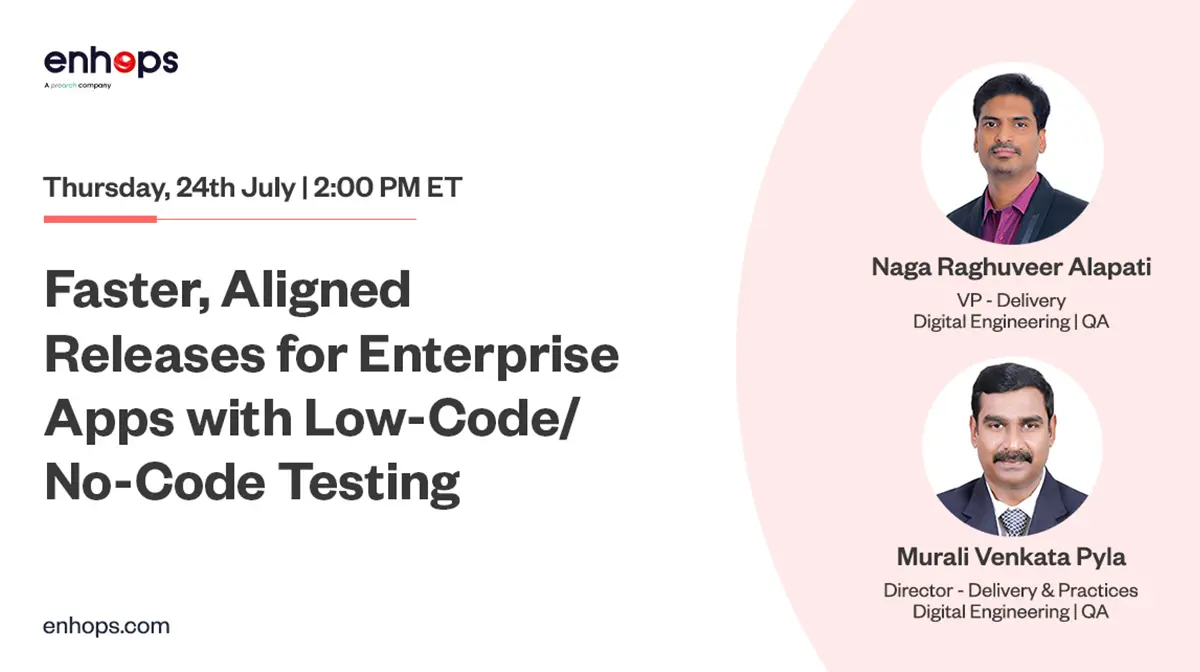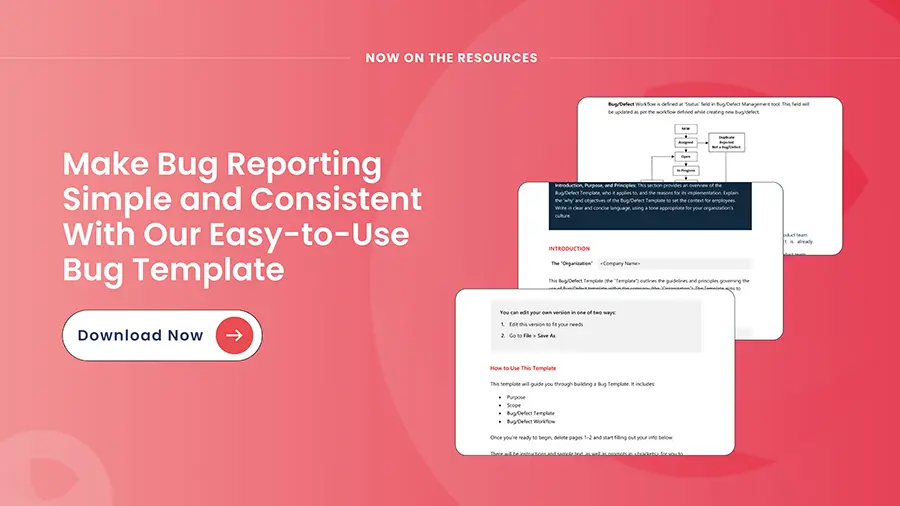If you have started reading this article, I am assuming that you have already tried ChatGPT. Incase, you haven’t tried Chat GPT3, I would recommend to go and try it out. It’s crazily intelligent and I think after a decade of talking about artificial intelligence, we are now seeing the potential of these applications in our day-to-day work lives.
The recent launch of ChatGPT by Open AI has made strides in the business model. ChatGPT is an artificially intelligent model in true sense that can code, write content, convert text into images, and even provide suggestions to calm your toddler meltdown.
It’s a conversational model and hence it closely mimics human interactions. If you will put in a query, it will take a few seconds to start generating the content or answer and will keep blinking. For me, it resembles the thinking time we take as humans.
Coming back to the Generative AI technology, generative artificial intelligence, is a type of machine learning focused on generating new, original content. This can be in the form of text, images, audio, or other types of media.
As per Gartner, “Generative AI is a disruptive technology that can generate artifacts that previously relied on humans, delivering innovative results without the biases of human experiences and thought processes. IT leaders must use the appropriate governance to exploit its transformative potential.”
How does Generative AI work?
Broadly, Generative AI works on principles of unsupervised or semi-supervised learning algorithms. These algorithms train systems and applications to create new inputs based on outputs provided to them. Outputs can be in form of images, video, audio, text, or code.
Until recently, AI learning models are being labelled as discriminatory which is obvious because ultimately their reasoning and conditional logic were developed by humans. These discriminatory AI learning models are trained by repeating same data sets and developing their memory to characterize A as A and B as B. Unlike generative AI models are trained to develop their own thinking process to generate descriptive and reasoning-based outputs.
In developing generative AI models, limited number of parameters are given so that it can draw its own conclusions while sending output. After training data repeatedly with limited number of parameters and generating some intelligence of its own, it can use Generative Adversarial Network (GAN) or Variational Autoencoder (VAE) to improve output accuracy.
Generative Adversarial Network (GAN) – In GAN model, Generative neural networks create outputs based on inputs provided to it and shows it to discriminative network. The output are classified as real and fake by Generative Adversarial Network. This networks are commonly used in image processing and identification.
This is also used to develop deep neural networks to perform human-level high-cognitive tasks.
Variational Autoencoder (VAE) –In VAE model, the neural network has two parts: encoder and decoder. The encoder learn from datasets in semi-supervised or unsupervised wat and then pass it onto decoder that tries to decode the data based on the learnings in latent space.
Generative AI – Use Cases in Quality Engineering
In the field of quality engineering, generative AI can be used to automate certain tasks and improve the efficiency of the quality assurance process. At Enhops, we have already started experimenting and exploring the potential of ChatGPT and its models in improving our quality engineering offerings.
Here are few ways how Generative AI can enhance Quality Engineering practices –
- Automated generation of test cases and test scenarios –Since these models are trained, they generate highly accurate and error-free responses. These models with more training and data can be really helpful in testing complex software systems and ensure that all relevant scenarios, positive and negative test cases and boundary cases are covered.
With time and training, Generative AI can also be used to identify patterns and trends in large datasets to identify potential issues and defects in software systems.
- Knowledge Base –This can be a significant area of contribution where generative AI can produce excellent results. Generative models can create user manuals, technical documentation, and learning and development material for up-skilling employees. Additionally, generative AI can be trained to comprehend test results and present reports in human understandable form.
As of now, due to lack of time, a lot of teams don’t pay attention towards creating a company-wide knowledge base. This makes knowledge sharing highly people-dependent function. With mature generative models, the process of software development can become highly efficient if knowledge is maintained consistently and updated frequently.
- Test Data Generation – As software systems have become increasingly interconnected, the importance of security has increased in recent years.
These days, significant efforts are devoted to finding security flaws in these systems before they are put on the market. In order to automate the testing process and ensure a greater level of coverage, machine-produced test data should be used.
Ideally, an automated test data generation system for program assessment should aim to produce test data that covers as many branches of program code as possible. This should be done with the least amount of manual effort. Generative AI tools can produce production-like data and tests systems under similar circumstances.
Conclusion
Overall, generative AI has the potential to significantly enhance the efficiency and effectiveness of the quality engineering process. By automating certain tasks and providing insights and recommendations based on data analysis, generative AI improves the quality of software systems and reduce the time and resources required to test and validate them.
At Enhops, we are committed to stay ahead of technological trends. We have started exploring use cases of Generative AI with some of our clients on PoC basis. If you have any business challenge that requires a technological lens, feel free to drop a message at info@enhops.com, we will get back to you in less than 24 hours.



